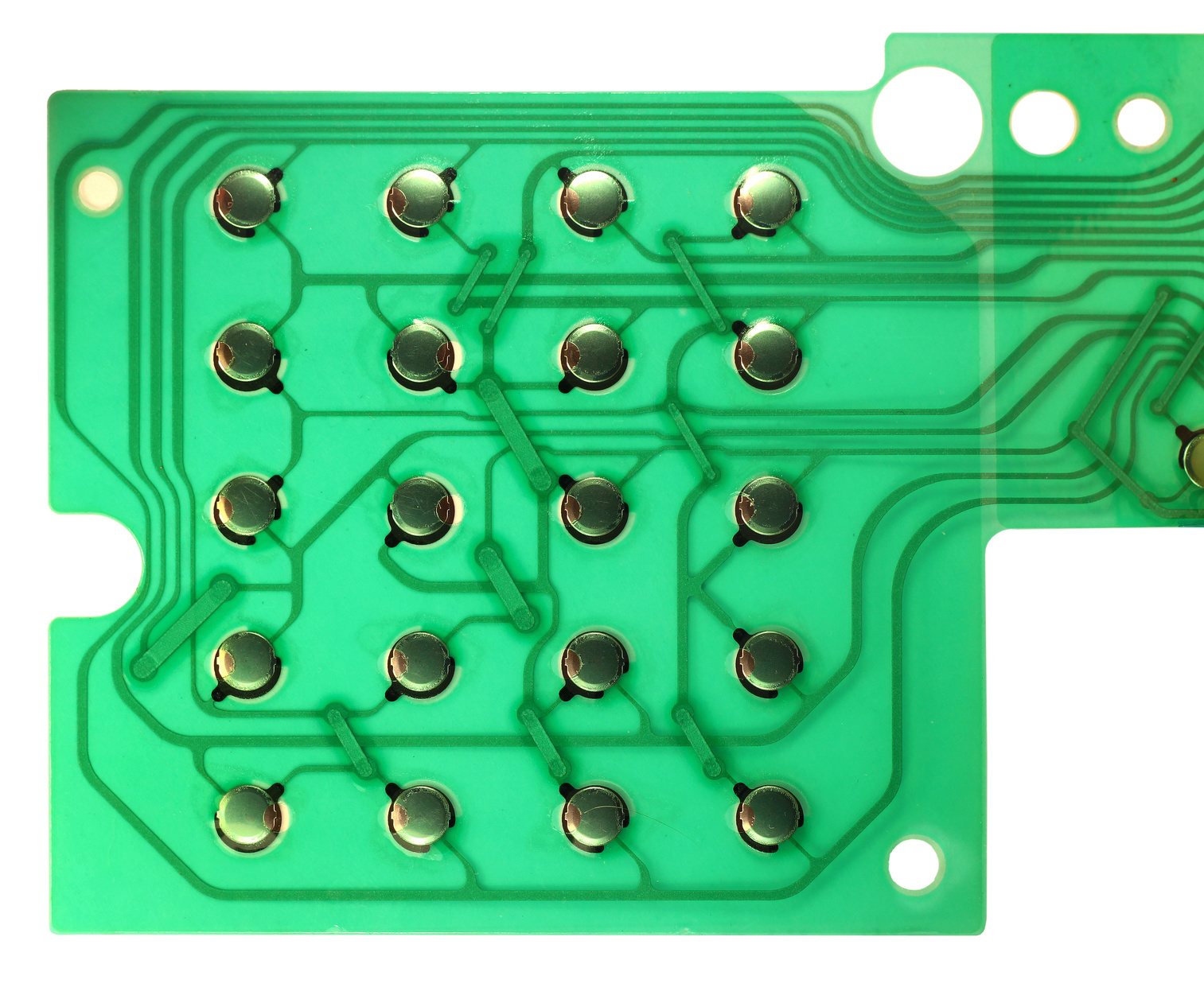Why Choosing the Right Membrane Switch Is Important for Your Product Style
Why Choosing the Right Membrane Switch Is Important for Your Product Style
Blog Article
Recognizing the Capability of Membrane Switches for Customer User Interface Tools
The functionality of membrane switches represents a substantial innovation in user interface layout, incorporating performance with aesthetic convenience. As markets increasingly prioritize individual experience, comprehending the subtleties of membrane button modern technology becomes crucial.
What Are Membrane Switches?
Membrane layer buttons are cutting-edge user interface devices that facilitate user interaction with electronic devices. These flexible elements contain numerous layers, consisting of a visuals overlay, spacer, and a published circuit layer. The layout enables a smooth assimilation right into numerous digital gadgets, improving both the aesthetic and practical elements of interface.
Membrane switches are typically employed in a large range of applications, from household appliances to industrial equipment and clinical gadgets. Their building normally features a thin profile, making them a perfect choice for compact layouts. The responsive comments offered by these switches can be crafted to satisfy certain individual preferences, ensuring reliable interaction between the user and the tool.
Toughness is one more significant benefit of membrane layer switches, as they are immune to dirt, wetness, and chemicals, which enhances their life-span in demanding settings. In addition, these buttons can be personalized in terms of shape, size, and graphic layout, enabling branding and user-specific features. On the whole, membrane switches over represent a practical solution for improving user experience in digital gadgets, combining capability with aesthetic allure in an effective manner.
How Membrane Layer Changes Work
Operating on an uncomplicated principle, membrane layer switches make use of a layered building and construction to register individual input effectively. Each button is composed of several layers, consisting of a printed circuit layer, a spacer layer, and a top visuals layer, which are developed to interact perfectly. When a customer presses the top layer, it presses the spacer layer, bringing the conductive components of the circuit layer into call with each various other.
This contact produces a shut circuit, signaling the gadget to carry out a specific function. The style permits for various setups, consisting of responsive feedback, which can improve the individual experience by giving a physical sensation upon activation. The materials utilized in membrane layer buttons frequently include versatile substratums, such as polyester or polycarbonate, which ensure sturdiness and durability versus damage.

Trick Benefits of Membrane Switches

An additional considerable advantage is their density. Membrane switches are slim and lightweight, which enables suppliers to conserve room in their tools without giving up performance. This feature is particularly useful in applications where weight and quantity are critical considerations.
Additionally, membrane layer switches are resistant to dirt, moisture, and chemicals, boosting their durability. This durability expands their lifespan and decreases the need for constant substitutes, resulting in expense savings over time.
Additionally, the tactile responses given by membrane layer switches can be maximized to boost individual communication. They can consist of attributes such as raised switches or distinct clicks, improving functionality and customer experience.
Applications Across Industries
Interface tools using membrane layer switches prevail in a large range of sectors, showcasing their flexibility and capability. Membrane Switch. In the clinical sector, membrane layer buttons are essential to tools such as analysis equipment and client tracking systems, where their resilience and ease of cleaning are essential for preserving hygiene requirements. In a similar way, in the automotive sector, these switches are employed in dashboard controls and infotainment systems, providing a smooth and modern user interface for individuals.
Additionally, the customer electronic devices industry take advantage of membrane switches in appliances and handheld tools, where portable style and easy to use interfaces improve individual experience. Industrial applications also utilize membrane switches for control panels in equipment and automation systems, stressing their toughness and resistance to severe environments.
In the aerospace and defense industries, membrane layer buttons are utilized in cabin controls and tools, where dependability and performance under extreme problems are vital. Furthermore, the gaming industry significantly incorporates membrane layer buttons in controllers and game makers, adding to an her explanation engaging customer experience. In general, the flexibility of membrane switches allows their widespread usage across countless markets, highlighting their significance in modern-day interface design.
Future Fads in Membrane Change Technology

Additionally, the use of innovative products, such as polycarbonate and polyester films, is expected to increase, supplying boosted sturdiness and resistance to ecological stress factors. These products contribute to the overall durability of membrane layer buttons, making them suitable for harsher industrial applications.
Furthermore, the consolidation of clever modern technology, consisting of IoT connection, will enable membrane switches to interact with various other gadgets and systems, promoting an extra interactive this page customer experience. This fad straightens with the expanding need for clever tools throughout numerous fields, from healthcare to customer electronic devices.
Last but not least, customization options are prepared for to increase, permitting suppliers to develop bespoke remedies customized to certain individual requirements and preferences. These growths will place membrane layer switches as vital elements in the evolution of user interface technology.
Verdict
In verdict, membrane layer switches over represent a pivotal development in customer interface modern technology, offering a trustworthy and flexible option for diverse digital applications. As improvements in product science and touch noticing modern technologies continue, the performance and applicability of membrane switches are anticipated to broaden, reinforcing their value in contemporary digital gadgets.
Report this page